Review of the Medium-Term Macroeconomic Assumptions
and Fiscal Program for Fiscal Years (FY) 2024 to 2028
December 2, 2024

The Development Budget Coordination Committee (DBCC) revisited the government’s medium-term macroeconomic assumptions, growth targets, and fiscal program for Fiscal Years (FY) 2024 - 2028 to reflect emerging domestic and global developments.
Real Growth Projections
With strong capital formation and accelerated government spending, the Philippine economy expanded by 5.8 percent for the first three quarters of the year and remains among the fastest-growing economies in Asia, ahead of Malaysia (5.2 percent), Indonesia (5.0 percent), China (4.8 percent) and Singapore (3.8 percent).
|
Year
|
GDP Growth Targets
(in percentage)
|
|
2024
|
6.0 - 6.5
|
|
2025
|
6.0 - 8.0
|
|
2026-2028
|
6.0 - 8.0
|
Despite domestic challenges, we are optimistic that we can still attain our growth target for the year of 6.0 to 6.5 percent. In particular, we expect the Philippine economy to bounce back during the last quarter, given the anticipated increase in holiday spending, continued disaster recovery efforts, low inflation, and a robust labor market.
The growth assumptions for 2025 to 2028 have been given a wider band of 6.0 to 8.0 percent, reflecting the anticipated impact of structural reforms and evolving domestic and global uncertainties. To achieve these targets, we remain committed to implementing reforms outlined in the Philippine Development Plan (PDP) 2023–2028. These include accelerating infrastructure investments, enhancing the ease of doing business, and boosting national competitiveness.
We will also soon implement one of our growth-enhancing legislative measures—Republic Act No. 12066 or the Corporate Recovery and Tax Incentives for Enterprises to Maximize Opportunities for Reinvigorating the Economy (CREATE MORE)—which will support businesses, attract foreign investments, and spur higher economic growth.
Macroeconomic Assumptions
We also revisited the medium-term macroeconomic assumptions taking into consideration recent global and domestic developments.
|
Indicator
|
2024
|
2025
|
2026-2028
|
|
Inflation (%)
|
3.1 - 3.3
|
2.0 - 4.0
|
2.0 - 4.0
|
|
Dubai Crude Oil (USD/bbl)
|
78 - 81
|
60 - 80
|
60 - 80
|
|
Foreign Exchange Rate (Php/USD)
|
57.00 - 57.50
|
56 - 58
|
55 - 58
|
|
Goods Exports growth, BPM6 (%)
|
4.0
|
6.0
|
6.0
|
|
Goods Imports growth, BPM6 (%)
|
2.0
|
5.0
|
8.0
|
Notes: bbl = barrel, BPM6 = Balance of Payments 6th edition, PHP= Philippine peso, USD = US dollar
The country’s inflation rate for the first ten months of 2024 remained within target, reaching 3.3 percent, despite elevated prices globally. Inflation is expected to average at 3.1 to 3.3 percent for the full year, significantly lower than the average inflation rate of 6.0 percent last year. This is supported by whole-of-government efforts such as the reduction in rice import tariffs, increased agricultural production, and other broad-based measures along with favorable supply conditions in the global market.
We are determined to maintain price stability by keeping inflation low and stable amid easing monetary conditions, improving labor market conditions, and productivity-enhancing structural reforms. For 2025 to 2028, the inflation assumption is maintained at 2.0 to 4.0 percent.
Similarly, the assumptions for Dubai crude oil prices for 2024 were slightly narrowed to USD 78 to 81 per barrel from USD 70 to 85 per barrel, reflecting current market developments. For 2025 to 2028, crude oil price assumptions were reduced to USD 60 to 80 per barrel from USD 65 to 85 per barrel, with the anticipated improvements in global oil production over the medium term. This is also consistent with the backwardation observed in oil futures markets.
The Philippine peso is anticipated to remain stable at an average of Php 57.00 to Php 57.50 against the USD for 2024, given sustained remittance growth, recovery in travel services, and growing BPO revenues. These favorable developments will support and keep the currency resilient against global headwinds. It is expected to broadly stabilize at Php 56.00 to Php 58.00 against the USD for 2025 and Php 55.00 to Php 58.00 against the USD for 2026 to 2028.
In terms of external trade assumptions, goods exports growth in 2024 was revised downwards to 4.0 percent, in line with the observed slowdown in export revenues in recent months as well as the revision in the outlook for the domestic semiconductor industry. Meanwhile, the growth projection for goods imports in 2024 was maintained at 2.0 percent, as year-to-date figures have remained on track and the outlook for domestic consumption remains at current pace.
Medium-Term Fiscal Program
With growth-enhancing fiscal consolidation at the forefront of our agenda, we have maintained our medium-term fiscal targets for 2025 to 2028. This means that we remain determined to reduce the country’s deficit in a more gradual and realistic manner while also bolstering long-term investments that create more jobs, increase incomes, and decrease poverty incidence.
(in billion pesos)
|
PARTICULARS
|
2024
|
2025
|
2026
|
2027
|
2028
|
|
Full-Year Outlook
|
Projections
|
Projections
|
Projections
|
Projections
|
|
|
Revenues
|
4,382.7
|
4,644.4
|
5,063.2
|
5,627.5
|
6,249.6
|
|
% of GDP
|
16.5%
|
16.2%
|
16.2%
|
16.6%
|
17.0%
|
|
Disbursements
|
5,907.5
|
6,182.1
|
6,540.1
|
7,027.0
|
7,621.5
|
|
% of GDP
|
22.3%
|
21.5%
|
20.9%
|
20.7%
|
20.7%
|
|
Deficit
|
(1,524.8)
|
(1,537.7)
|
(1,476.8)
|
(1,399.5)
|
(1,371.9)
|
|
% of GDP
|
-5.7%
|
-5.3%
|
-4.7%
|
-4.1%
|
-3.7%
|
Medium-Term Revenue Program
Part of our fiscal consolidation strategies include accelerating revenue efforts in the near- and medium-term.
From January to October 2024, revenue collections increased by 16.8 percent reaching Php 3.77 trillion, and is expected to increase to Php 4.383 trillion (16.5 percent of GDP) by the end of the year.
On average, revenue collections are expected to remain at 16.5 percent of GDP from 2025 to 2028, reaching Php 6.250 trillion (17.0 percent of GDP) by the end of the administration. This means that over the medium term, the government will be collecting a billion more in revenues a day annually.
These will be supported by recalibrated legislative measures that will provide a significant revenue boost to the government, such as the recently enacted VAT on Digital Services Act, and by tax administration reforms centered on digitalization.
Medium-Term Disbursement Program
On the expenditure side, government spending remains one of the major contributors to the country’s economic growth. We expect this spending performance to continue and further improve during the last quarter of the year, reaching Php 5.908 trillion (22.3 percent of GDP) by the end of 2024.
Over the medium term, disbursements are estimated to remain at an average of 21 percent of the GDP, reaching Php 6.182 trillion (21.5 percent of GDP) in 2025 and Php 7.622 trillion (20.7 percent of GDP) by 2028.
As a centerpiece for sustaining our high growth trajectory, we will maintain infrastructure spending at 5.0 to 6.0 percent annually over the entire plan period. Aside from infrastructure development, we will also invest heavily in our human capital and in programs and projects that promote social and economic transformation, in line with the PDP 2023-2028.
Medium-Term Deficit Path
We have also retained our deficit program, which will decline from 5.7 percent of GDP in 2024 to 3.7 percent of GDP in 2028.
Our fiscal discipline and prudent debt management have recently earned our country a revision on credit rating outlook from “stable” to “positive” from the S&P Global and a series of high-rating affirmations from different global credit rating agencies. This will enable us to borrow at lower costs, providing more fiscal space to support infrastructure development and other growth-enhancing programs and projects.
Closing
Pursuing a whole-of-government and a whole-of-society approach, the DBCC will remain steadfast in sustaining the country’s high-growth trajectory and managing inflation, accelerating the implementation of well-targeted social services and structural reforms that will enable us to achieve our goal of reducing poverty incidence and decreasing unemployment rates.


